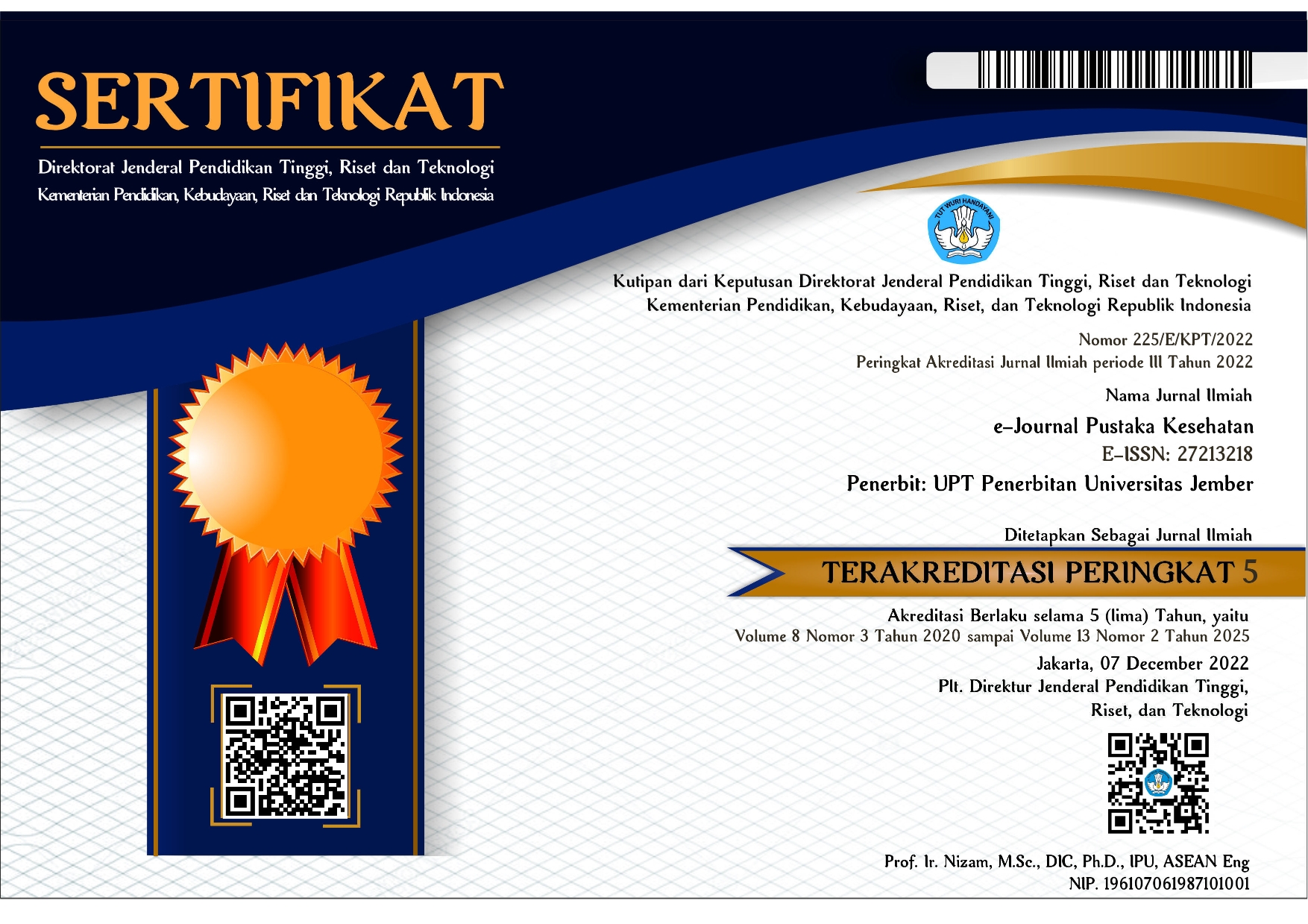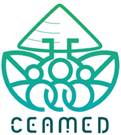Higiene sanitasi makanan dan analisis nomor P-IRT pada kerupuk berwarna merah (Studi pasar Kepanjen Kabupaten Malang)
DOI:
https://doi.org/10.19184/pk.v9i1.21063Keywords:
Higine Sanitasi Makanan, No P-IRT, KerupukAbstract
Food sanitation hygiene has been done to control food factor, people, place and tools in order to prevent cross contamination between food and eater. Household food industry must possess household food industry certificate or SPP-IRT to aid supervision by involved parties. The aim of this research was to discover food sanitation hygiene and analysis P-IRT number on red-coloring crackers at Kepanjen Market in Malang. Thisresearch is descriptive research with observation and interview methods to cracker industry workers and there were 12 kinds of red-coloring crackers distributed around Kepanjen Market. The research used univariant analysis to describe variable of those which were observed. This research it was found that there were three stages in cracker making process, Food sanitation hygiene, and P-IRT number on red-coloring crackers. From this research there were 3 of respondents around < 40 years old, all respondents in secondary education, and 2respondents had < 3 years of working period. The application of food hygiene and sanitation of cracker industry in Malang Regency was categorized as relatively good. There were 7 red-coloring crackers traded at Kepanjen Market were qualified as what had been standardized by BPOM number 22 year 2020. Meanwhile, there were 4 products were not updated and 1 product was not qualified.
Downloads
References
[2] Arikunto, S. 2010. Prosedur Peneltian: Suatu Pendekatan Praktik (Edisi Revisi). Jakarta: Rineka Cipta.
[3] BPOM RI. 2018.Peraturan Badan Pengawas Obat dan Makanan Republik Indonesia Nomor 22 Tahun 2018 Tentang Pedoman Pemberian Sertifikat Produksi Pangan Industri Rumah Tangga. Jakarta: Kepala BPOM RI.
[4] Bungin, B. 2009. Metodologi Penelitian Kuantitatif. Jakarta: Prenada Media.
[5] Dinas Perindustrian dan Perdagangan Kabupaten Malang. 2015. Daftar Industri Rumah Tanggan Kabupaten Malang tahun 2015. Malang : Disperindag Kabupaten Malang
[6] Fajriansyah. 2016. Hygine dan Sanitasi Pengolahan Roti pada Pabrik Roti Paten Bakery. Jurnal Action: Aceh Nutrition Journal, November 2016, 1(2) : 116- 120.
[7] Hurlock, E.B. 2003. Psikologi Perkembangan. Jakarta: Erlangga.
[8] Koswara, S. 2009. Pengolahan Aneka Kerupuk. Sumatera Utara. USU
[9] Moelyaningrum, A.D. 2019. Boric Acid and Hazard analysis critical control point (HACCP) on kerupuk to improve the Indonesian’S Traditional Foods Safety. International Journal of Scientic and technology Vol, 8, pp.50-54.
[10] Ristianingrum, CT, AD Moelyaningrum, RS Pujiati. 2017. Identifikasi Higiene Sanitasi Dan Zat Pewarna Rhodamin B Pada Kue Cenil (Studi Di Pasar Kecamatan Sumbersari, Kaliwates Dan Patrang Kabupaten Jember). Jurnal. Jember : Fakultas Kesehatan Masyarakat Universitas Jember
[11] Undang-Undang republik Indonesia Nomor 18 Tahun 2012 Tentang Pangan [serial online]http://luk.staff.ugm.ac.id/atur/UU18-2012Pangan.pdf[3 Maret 2017].
Downloads
Published
Issue
Section
License
e-Journal Pustaka Kesehatan has CC-BY-SA or an equivalent license as the optimal license for the publication, distribution, use, and reuse of scholarly work. Authors who publish with this journal retain copyright and grant the journal right of first publication with the work simultaneously licensed under a Creative Commons Attribution-ShareAlike 4.0 International License that allows others to share the work with an acknowledgment of the work's authorship and initial publication in this journal.







